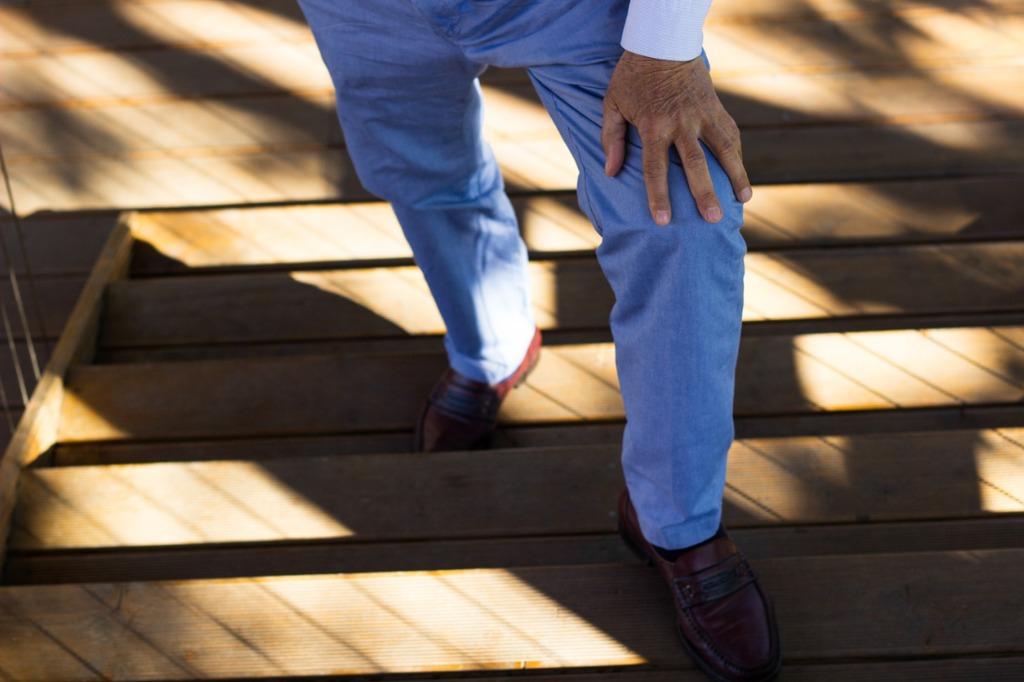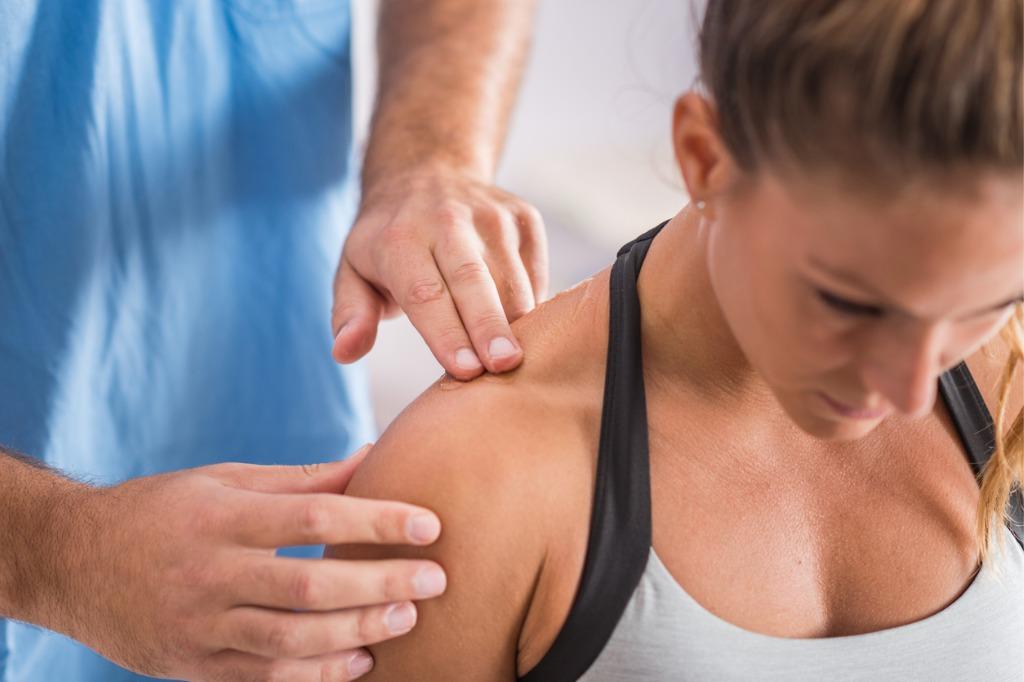5 Most Common Causes of Knee Pain

5 Most Common Causes of Knee Pain
Your knees are among the most complex joints in your body, allowing you to walk, run, climb, sit, and more. However, your knees also endure a significant amount of stress over the course of your lifetime. Whether from competitive sports or simple wear and tear, there are a myriad of potential problems that can arise in your knees and cause you discomfort.
Causes of Knee Pain
With knee pain, you might have trouble walking, difficulty bending your knee, or be unable to put weight on the affected leg. Whether an achy, swelling, burning or unstable sensation, there are a range of conditions that can affect the intricate structures in your knee.
Arthritis
Osteoarthritis, also called degenerative joint disease, wears away the cartilage within your knee. This type of arthritis is the most common cause of knee pain in adults aged 50 and older, but it can also affect young people. Rheumatoid arthritis may also affect the knee joint by deteriorating its cartilage, and the condition often affects individuals younger than with osteoarthritis.
Tendonitis
Tendonitis occurs when one or more of the tendons in your knee becomes inflamed after they have been irritated or injured. You may suffer from tendonitis if you play sports, are an avid runner, walk often, or if you have undergone previous knee surgery.
Bursitis
The bursae are small fluid-filled sacs that sit between the bones and tendons in your knee to provide cushioning and reduce friction. Bursitis occurs when the bursae become inflamed, most commonly in the kneecap or on the inner side of your knee. Your risk of developing bursitis increases if you work on your knees for a prolonged period of time, if you play a sport with frequent blows to the knee, or if you are obese.
Torn Cartilage
Cartilage is the slippery, connective tissue in your knees that enhances stability. If you experience trauma to your knees, the articular cartilage or meniscus in your knee may tear and result in knee pain.
Sprains or Strains
A sprain occurs when one of the ligaments in your knee has been injured, while a strain is when there is damage to one of your tendons or muscles. Both injuries can cause pain and swelling, and they sometimes affect the ability to move the knee. Mild ligament sprains or tendon strains will often heal on their own with conservative treatment. However, any tears in these structures will usually require more extensive treatment.
Treatment for Knee Pain
There are several treatment methods available for those who have knee pain, such as RICE:
- Rest: do not put weight on the leg or constantly stretch and bend your knee
- Ice: ice packs or heat pads over the affected area for short periods of time may help decrease pain or swelling
- Compression: wrap the knee in an elastic bandage to prevent fluid-buildup
- Elevation: keep your leg raised above your heart
You may also take NSAIDs, or non-steroidal anti-inflammatory drugs to further diminish pain and swelling. If you suspect a more severe injury like a fracture or ligament tear, you should seek medical attention at Motion Orthopaedics right away.
Knee Treatment at Motion Orthopaedics
At Motion Orthopaedics, we understand how debilitating knee pain can be upon your quality of life. It is important to not ignore knee pain, as it can lead to more serious conditions in the future. If you are uncertain of what is causing your knee pain or you would like to explore more treatment options, contact Motion Orthopaedics today.




